Part I: Atlas. The cycling and pregnant mouse: gross anatomy
Implant site dissections
Microscopic anatomy of the pregnant mouse uterus throughout gestation
Anatomy of the mouse placenta throughout gestation
Whole-mount immunohistochemistry of early implantation sites
Magnetic resonance imaging of the mouse placenta
Part II: Basic biology. Reproductive tract changes during the mouse estrous cycle
First cell fate decisions in early development: towards establishment of the trophoblast lineage
Tetraploid complementation assay
Biology of the ectoplacental cone
Decidualization and endometrial extracellular matrix remodeling
Postimplantation development of the chorioallantoic placenta
Unique features of endometrial dynamics during pregnancy
Pathology analysis of the placenta
Changes in structures and relationships of trophoblasts, leukocytes, and maternal vessels in implantation sites to midpregnancy
The uteroplacental, fetoplacental, and yolk sac circulations in the mouse
Physiological exchange across mouse placenta
Hypoxia-associated regulation within implantation sites
Leukocyte population dynamics and functions at the maternal
fetal interface
In vivo tracking of mononuclear cells in the virgin uterus and in implantation sites
Microchimerism in mouse pregnancy
Systems biology analyses of the placenta
Contribution of placental genomic imprinting and identification of imprinted genes
Epigenetics of placental development and function
Genome-wide analysis of the mouse deciduoma
Conditional gene deletion in the placenta using the Cre-loxP system
Genetic engineering of mice to investigate uterine function in early pregnancy
Lentivirus-mediated transduction of optical reporter genes in blastocysts for placental studies
Blood pressure regulation during mouse pregnancy
Intravital imaging of vasoactivity in the uterine arterial tree during pregnancy
Multimodal imaging of the mouse placenta
Regulation of parturition
Cervical changes accompanying birth
Peri-partum changes to mouse pubic symphysis
Mammary gland morphogenesis and function during pregnancy
Gestational programming of the cardiovascular system
Maternal stress-mediated gene expression changes in the mouse placenta: a mosaic hypothesis of epigenesis
Pregnancy alterations from environmental pollutants
Part III: Protocols. Monitoring mouse estrous cycles
Lentivirus transduction of gene tags in blastocysts
Tetraploid complementation assay
Pseudopregnant bead-induced mouse deciduoma model
Ectoplacental cone isolation, culture and assessment
Layer-enriched tissue dissection of the mouse placenta in late gestation
Protocols for placental histology
Best practice for quantifying the microscopic structure of mouse placenta: the stereological approach
Electron microscopy and immunoelectromicroscopy protocols
Laser capture microdissection
Immunofluorescence and immunohistochemistry
Nonradioactive in situ hybridization: optimization for tissue sections from pregnant uteri and placenta during the first half of pregnancy
Whole mount in situ immunohistochemistry
Guidelines for evaluation of reproductive and developmental endpoints
Flow cytometric analysis of myometrial and decidual cell suspensions
Uterine leukocyte isolation and culture
Scanning electron microscopy and micro-computed tomography imaging of the utero- and fetoplacental circulations
Radiotelemetry in mouse pregnancy
Ex vivo perfusion of the mouse placenta for maternal
fetal interaction studies during pregnancy
Evaluation of placental transport function
Hypoxia-associated regulation within implantation sites
Method to locate the uterine artery in mice for micro-ultrasound doppler blood velocity examination
Two-photon intravital microscopy of the virgin and pregnant mouse uterus
Intravital imaging of vasoactivity in the uterine arterial vasculature tree during pregnancy
MRI, intra-vital, and ex-vivo fluorescence microscopy of the mouse uterine vasculature and placenta
Assessment of changes in the peripartum cervix
Pubic symphysis evaluation
Labor and preterm labor
Epithelial transplantation into the cleared mammary fat pad
Dietary and hypoxic protocols that alter placental gene expression in response to maternal stress
Parental-specific gene expression and epigenetic analyses of imprinted genes in mouse placenta
A method for obtaining epigenomic data
Methods for genetic engineering in mice
Appendix: reproductive parameters of common, commercially available mouse strains
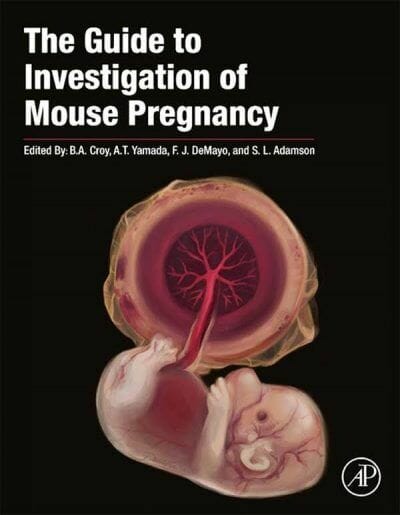


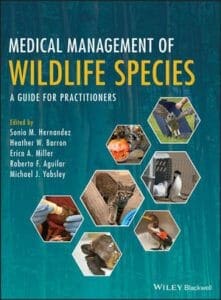

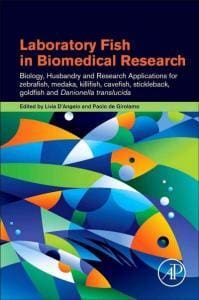
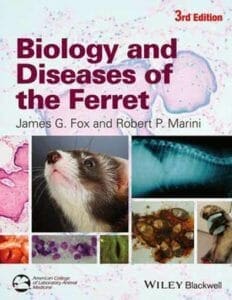

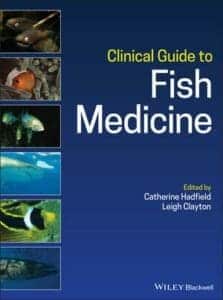
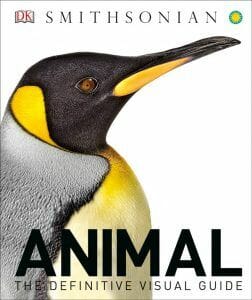




![Ettinger’s Textbook of Veterinary Internal Medicine 9th Edition [PDF+Videos] Ettinger’s Textbook of Veterinary Internal Medicine 9th Edition [True PDF+Videos]](https://www.vet-ebooks.com/wp-content/uploads/2024/10/ettingers-textbook-of-veterinary-internal-medicine-9th-edition-100x70.jpg)

![Textbook of Veterinary Diagnostic Radiology 8th Edition [PDF+Videos+Quizzes] Thrall’s Textbook of Veterinary Diagnostic Radiology, 8th edition PDF](https://www.vet-ebooks.com/wp-content/uploads/2019/09/textbook-of-veterinary-diagnostic-radiology-8th-edition-100x70.jpg)






